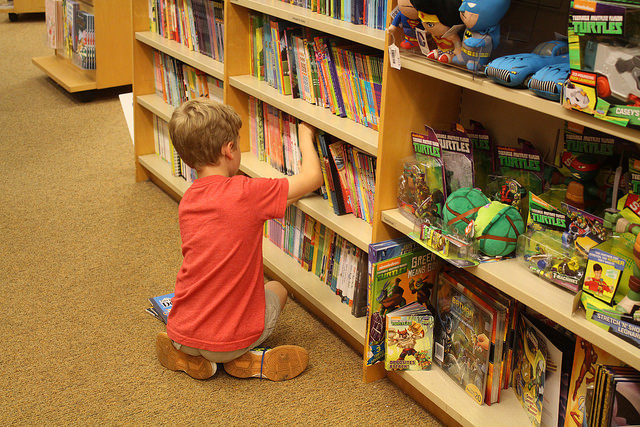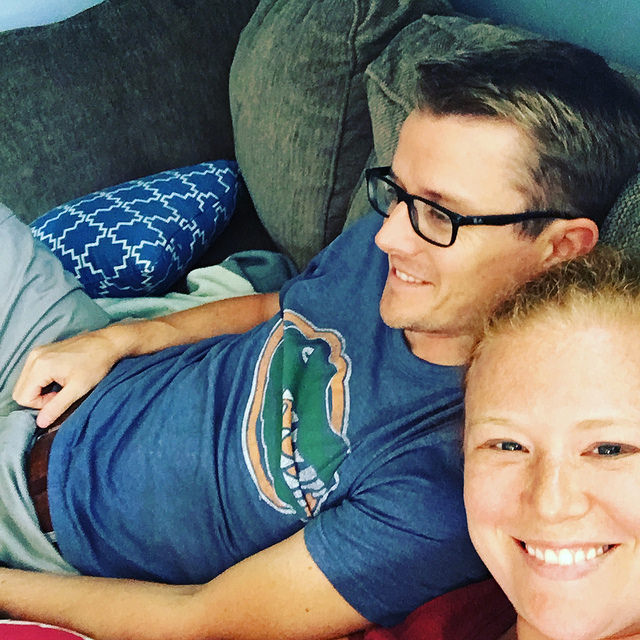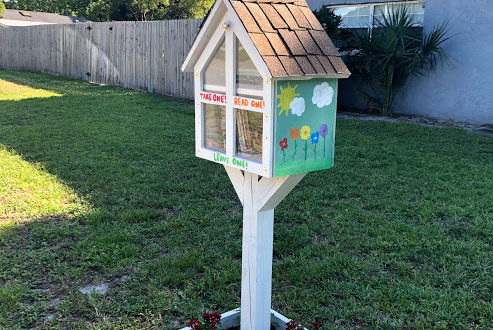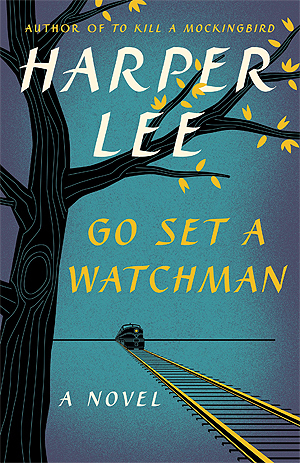
Teaching Your Preschooler to Read
A few weeks ago on Instagram, I posted a short video of Gracie reading a book on the day before she started kindergarten. I am super proud of her for being a pretty darn good little reader before she even starts school. There were a few people on Instagram who asked how we taught her to read. I thought I would share a few things that we do in our house to encourage reading.
1. Start early! Unlike other life skills our kids learn (such as riding a bike or tying sneakers), reading can’t be taught through repetition and practice. Learning to read is a process that takes several years, regardless of what age you begin. Gracie didn’t learn to read in one night, in one month, in one summer, or in one year. We started reading with our kids from the day we brought them home from the hospital and I am firmly, 100% convinced that it is this constant and daily exposure to books that helped both my kids learn to read early.
2. Start with letter recognition. This is the most common and obvious step. Kids need to know what their letters are. But you’d be surprised at how early they can learn this. Bean could recognize and say his letters by 16 months old. By two-years-old, he was memorizing books. Start them early with the letter recognition part. If they can recognize their favorite stuffed animal or different people in their lives, then they can start recognizing letters.
3. Once letters are able to be recognized, move on to letter sounds. This is really be building block of reading. They have to be able to sound out words, and to sound them out, they have to know what sounds each letter makes. I used this technique when my kids were between 2 and 3 years old to help them learn to spell. I hardly ever told them how to spell something. Instead, I would sound the word out for them so that they could hear the sounds of the letters. Later, as they got better, they could start spelling things out for themselves.
4. Use rhythm for sight words and names. Both my kids learned to spell their names early on because we used rhythm. You can use rhythm for simple sight words, too. And sight words are huge. These are the words that they learn first, and once they are able to recognize these, they begin to really understand how reading works. They learn that different words make different sounds and they learn what sentences look like. The structure is really important for them to understand when reading sentences. Until they can read a few good sight words, they don’t recognize one word from another in a sentence.
(Of course, some students are more willing than others…)
By the time my kids were in preschool, they understood how reading worked, at least. They could spell their names, identify letters and letter sounds, and were reading sight words. But it was the summer before kindergarten that they really started being able to put it all together and read new books by sight on their own. They still struggled at that age with larger or unfamiliar words, but we would sound them out together.
5. Never force kids to read something. A huge part of creating a positive reading environment in our house has been letting our kids pick their own books. This means we own zero classic children’s books, which kind of breaks my heart. But the books we do own are dog-eared and well-loved because our kids read them so much. And I don’t care if they are learning to read “Where the Sidewalk Ends” or “Snap of the Super Goop” (a real book, by the way…). Did you ever see that scene in “A League of Their Own” where May was teaching the girl who couldn’t read to read her romance novels? Same thing. Who cares what you’re reading, as long as they love it?
For more on how to create a culture of reading in your home, check out my post, “Tips for Raising Children Who Love to Read.”
6. Start with Dr. Seuss. His books are about 95% simple sight words. If your kids aren’t ready to read a book by themselves yet, read it with them by letting them read aloud the words they do know (for example, have them read all the and’s, the’s, and it’s.). If they can recognize a fair amount of words, but don’t have the stamina or attention span to make it through an entire book, alternate pages with them. However you do it, encourage them to read as much as they can on their own.
So, that’s it, friends. Now, share what you know. How do you teach your kids to read? Share your tried and true methods with us!





One Comment
jennifer
Thank you for this post! I was one of the people who really wanted it, thank you, thank you.